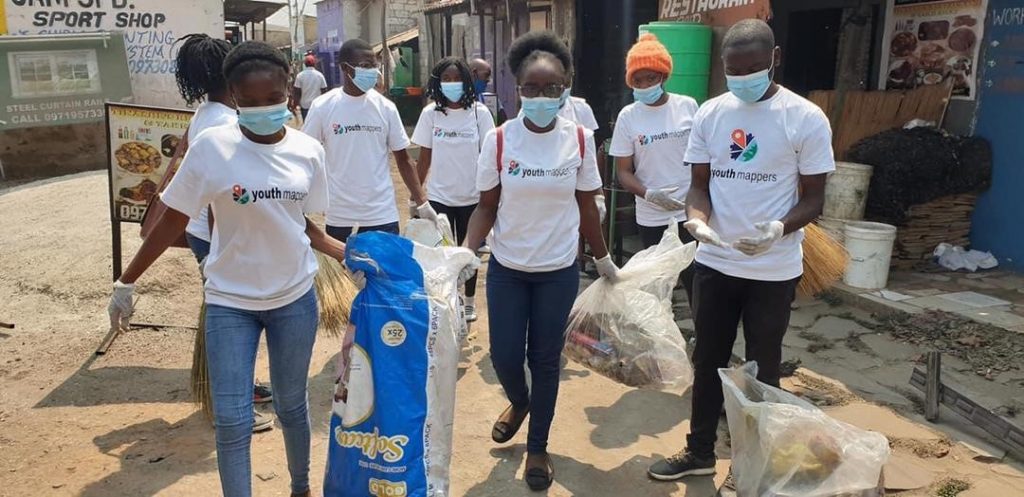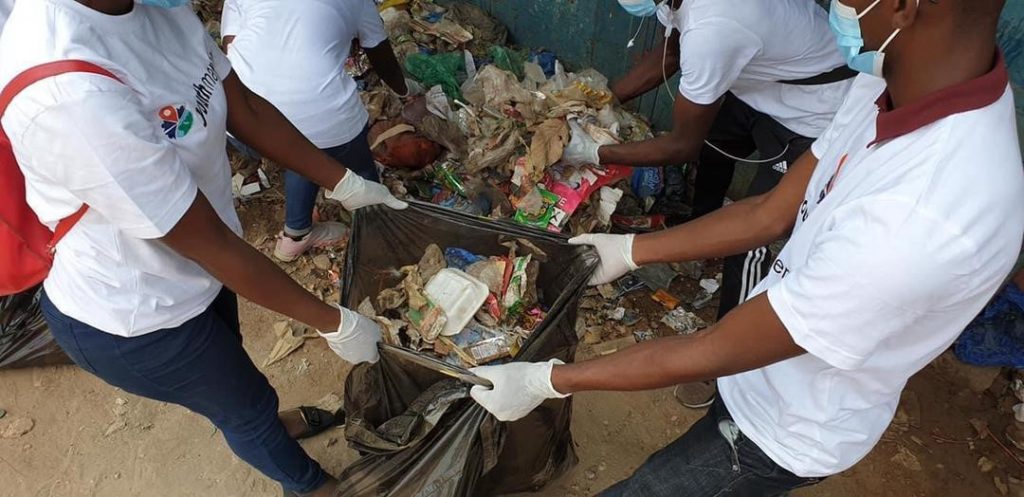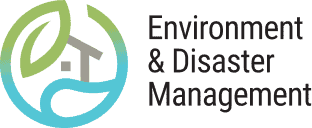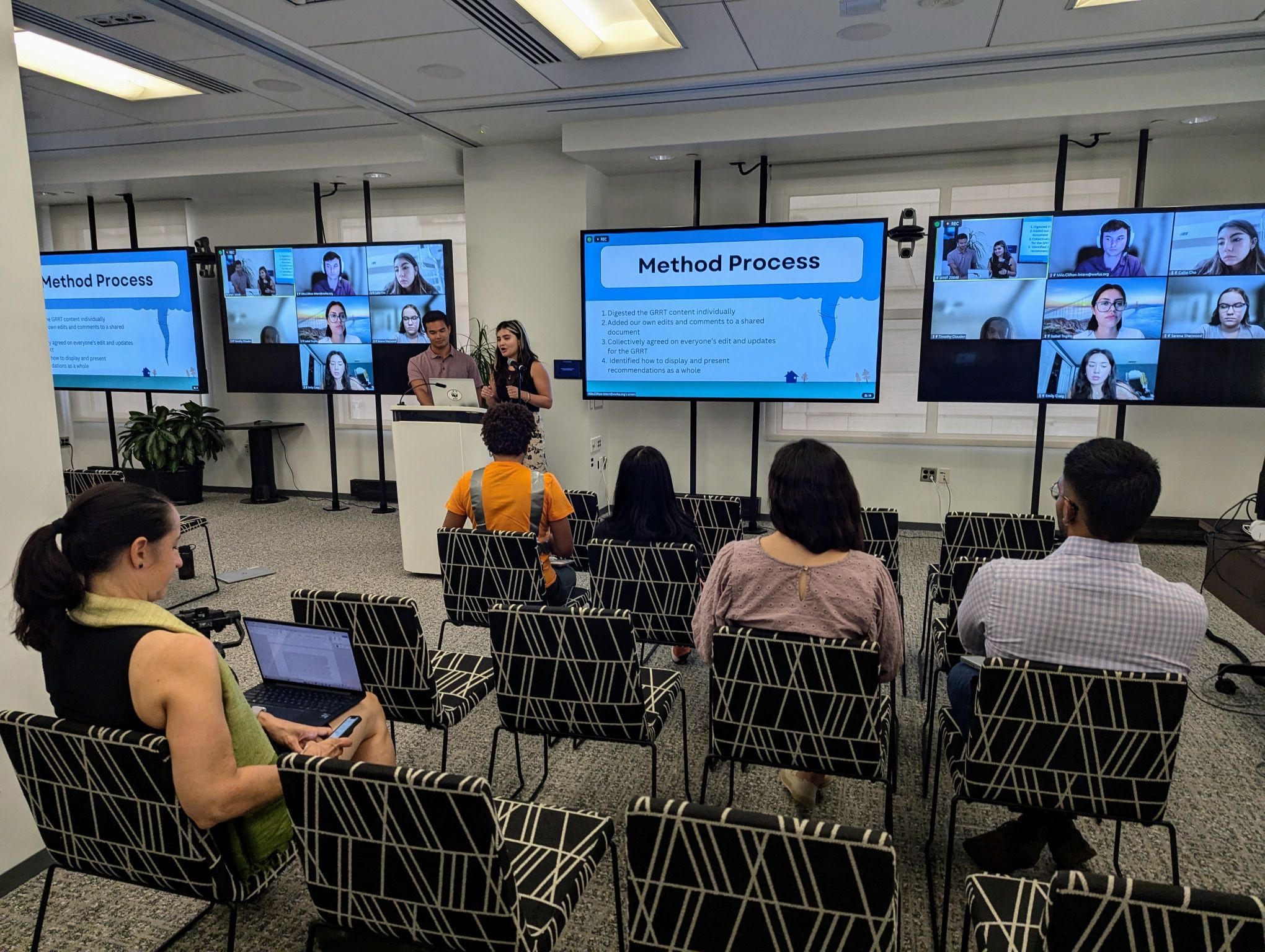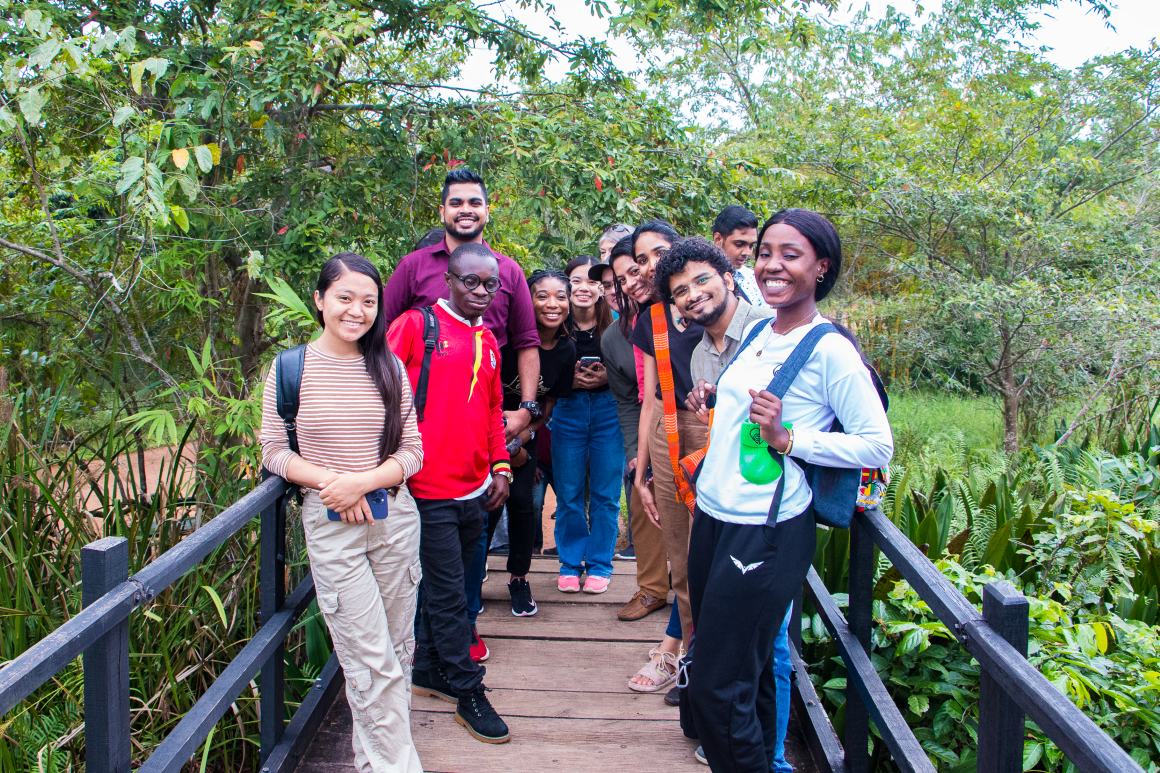Published on:
27 March 2024
Share this:
Judith Laiza Nasibebo is a university student, sexual and reproductive health and rights advocate, feminist, and climate justice activist who lives in Lusaka Zambia. In this post, she relates her personal experience with floods, and how the lessons learned from WWF’s Flood Green Guide helped her better understand flood management and plan her campaigns.

When talking about the most frequent type of natural hazard, floods can never be left out. This is due to many different countries experiencing floods every year. Now one can tend to wonder what causes floods, hence in an attempt to satisfy my curiosity, I found out that according to the WWF Flood Green Guide that there are multiple and valid factors that contribute to the global increase in flooding and these include meteorological factors such as rainfall, storms and changing temperatures, hydrological factors such as soil moisture and groundwater levels, and societal factors such as change in land use and occupation of floodplains. To top it all, according to my own observation, floods in Zambia are caused mostly by a lack of responsible environmental management, lack of proper planning to prevent floods, and illegal and unplanned settlements in sensitive wetland areas such as marshlands.
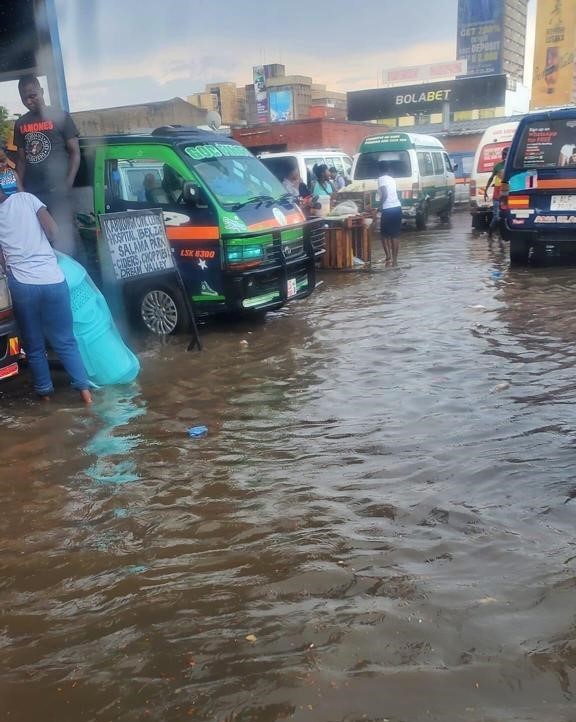
On a more personal experience, I set out one early morning to the bus terminal because I was traveling from Lusaka to Livingstone to visit my family, whom I hadn’t seen in a long time. It was an exciting morning as I got in my taxi and started off. Midway to the station, I found the road covered with a pool of water with nowhere to go. The road was unclear, and it was too dangerous for the driver to continue the journey, so he had to use the longer route. Despite being late, I was lucky enough to catch my bus and I was able to reach Livingstone safely.
I was lucky enough to meet my destination without any harm, but this was not the case for Lloyd, one of the residents of Lusaka’s Kamwala South area whose family was affected by floods in the year 2022. “It was a really bad experience; our drinking water was contaminated because they were mixed with the flood water which was unsafe for us to drink. Children in my area were unable to go to school because roads were blocked, and houses were flooded meaning their books together with their uniforms were all soaked. Most properties were destroyed such as cars due to being submerged in the water for too long. It was indeed a sad experience”.

There is very little planning made by residents and the government in flood management to avoid floods in such areas. On this note, it has become more like an issue that the people have gotten used to and only get help when the disaster happens and the damage has already been done. Going forward, there is a need to make sure that there is proper planning by the government and key stakeholders to avoid floods. There is a need for proper drainage systems, especially in congested parts of Lusaka, such as Kalingalinga, Kamwala, Chilenge and many more. It also calls for duty for citizens to also be responsible in their waste management.
I can also recommend key stakeholders to rely on the WWF Flood Green Guide for strategies on how to plan better as far as floods are concerned. My experience reading this guide has opened my eyes to some of the flood reduction methods that we can take advantage of such as rainwater harvesting. Reading this took me back to the days when I was a child. I remember how my family and I used to put big buckets and drums in front of our house so as to harvest rainwater. But this is barely being practiced, leading to a pool of water without direction, thereby causing floods. The guide is an important tool with many other methods that can help flood managers in ending floods in our nation.
It can therefore be concluded that most of the flooded places either have no proper drainage systems or blocked ones due to people turning them into illegal dumpsites. I have taken the initiative of being involved in awareness raising campaigns to educate the general public on the importance of proper waste management. In order to see good results, there is a need for behavioral change, so my awareness raising campaigns are followed by community clean ups to clearly pass the message. I would like to encourage community members to take care of their environment by doing away with illegal dumpsites, and to work with relevant ministries and stakeholders in planning on how to avoid or mitigate the flood systems in the country. I believe together we can protect the earth because there is no second planet for us.
